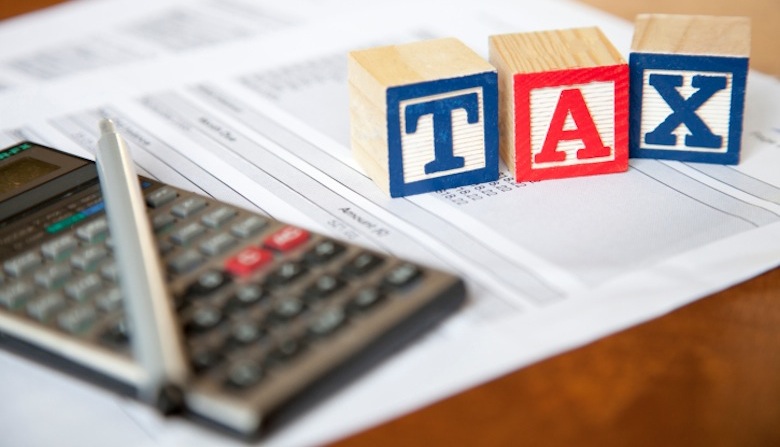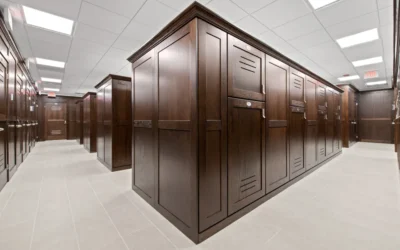Self-storage remains the flavor of the month with real estate investors. Industry experts offer 12 pieces of advice for newcomers on how to be smart when investing in self-storage properties.
1. Scrutinize cash flow.
“Self-storage is driven by cash flow. So cash flow should drive the investment decision,” said Chris Sonne, executive managing director of the Self Storage Industry Group at Cushman & Wakefield.
Look at the trailing three years of cash flow and compare that with the current rent roll. It’s important to look for a pattern: Is cash flow is rising or declining? And if income has been declining, why? The answer to that question may signal that a buyer should be more cautious. If cash flow has been rising rapidly, this may indicate that you need to be more aggressive in your pricing.
2. Look at “economic occupancy.”
Unlike other property types, self-storage facilities make a distinction between physical occupancy and economic occupancy. The physical occupancy of a facility might be 85 percent, but if the owner is giving deep discounts on rents, the economic occupancy might only be 60 percent of potential gross income. That’s an important distinction that can affect loan underwriting, said Steve Mellon, managing director of the National Self Storage Team at Jones Lang LaSalle in Houston.
3. Assess the trade area.
You still can make money in an oversupplied market if you buy at the right price. On the flip side, you can afford to be a more aggressive buyer in an underserved market.
4. Understand your competition.
Buying a facility in a market largely dominated by small operators is different than buying a facility where you’ll be up against deep-pockets REITs and other dominant players, said Shawn Hill, a principal at The BSC Group, a financial advisory firm in Chicago.
Buyers also need to consider how the market might change during the time that they own a facility. What are the acquisition trends in the market? What players are entering or exiting the market, and what can you learn from that?
5. Know your financing options.
The debt package that you secure to buy a facility can put you at a competitive advantage or even a competitive disadvantage. “Understand your options,” Hill said, “and make sure your financing package is aligned with your strategy for the asset.”
6. Brace yourself.
Borrowers who need to obtain financing for an acquisition must be prepared for stringent underwriting from the lender.
For example, some buyers might be willing to be more aggressive on price, because they plan to put some “sweat equity” into a deal to make repairs or operations, Mellon said. However, if they go to a lender for financing, that lender still may require the buyer to maintain a certain level of cash reserves for maintenance costs or maintenance fees — even if the buyer plans to self-manage the property.
7. Do some networking.
Before you buy that first facility, attend an industry trade show, Mellon said. At these gatherings, various resources are available in one place, from networking to workshops. “It is a great way to educate yourself,” Mellon said.
8. Get professional help.
A seasoned self-storage broker or consultant can help you navigate the market and choose the winners over the losers. There’s nothing like solid, proven experience in the brokerage world to guide a buyer along the right path, Sonne said.
9. Don’t underestimate the industry.
In the past, a decent location and a name like “AAA Storage” would gain the exposure you needed, but the game has changed, Hill said.
“Today, you need more than just a website. You need to be able to navigate the changing Google algorithms. You need sophisticated advertising spending, and you need a mobile presence in addition to your website,” he added.
10. Make sure real estate taxes are in alignment.
If the current assessment of a facility is $1 million and an investor plans to buy it for $3 million, you’ve got to assume that the tax assessor will bump up the property value. Although tax scenarios differ from state to state, a sale price that exceeds the assessed value often results in a higher tax bill.
“That is one of the most important things to look at, because real estate taxes are one of the largest line items of expenses for calculating NOI,” Mellon said.
11. Don’t buy based on future earnings.
Some buyers are prone to betting on the future, hoping that changes they make will pump up revenue. Although that may be true for buyers with strong management skills, boosting performance is more difficult for someone who’s an industry newcomer.
12. Do a detailed property inspection.
Make sure you pinpoint maintenance and repair issues. “People think they can spruce things up with a fresh coat of paint and raise the rents 20 percent. That is not always realistic or achievable,” Sonne said.










